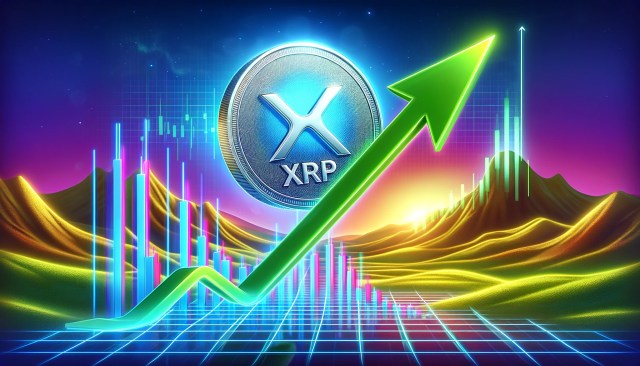Since the inception of Ethereum, the network’s high transaction costs have been a major issue in the crypto market, prompting users to seek an alternative for their day-to-day activities. However, with the recent development regarding the network’s gas fees, Ethereum could be poised for massive adoption as its transaction cost has declined to a level not seen before.
Ethereum Gas Fees Drops Amid Network Upgrades
The Ethereum network, one of the most popular choices for cryptocurrency transactions within the industry, has experienced a drop in its gas prices to record lows, offering users and developers respite who have long been facing hurdles with high transaction fees.
EgyHash, a crypto trader and on-chain analyst cited the development in one of his recent research studies shared by CryptoQuant, a leading on-chain data provider. According to the expert, ETH’s daily mean gas price hit its lowest level yet at around 2.9 Gwei.
Furthermore, he highlighted that the network’s daily mean fees denominated in US dollars reached a record multi-year low of about $0.85. As a result of the decline, its daily mean burn rate hit a historic low, with about 115 ETH burned daily.
While the drop in gas fees and burning rate may be significant, in comparison to the same period over the previous two years, EgyHash noted that Ethereum’s daily mean transactions have either remained steady or maintained good growth.
The on-chain analyst solely attributes this decline to the newly introduced Dencun Upgrade, launched in March this year. Specifically, the Dencun Upgrade brought in a new kind of transaction known as Blobs, which enables data publication on Ethereum with a considerable fee decrease, possibly as much as 100%, for Layer 2 networks like Arbitrum, Base, Optimism, among others.
Notably, this reduction in transaction fees could be positive for Ethereum since it makes the platform more useable and cost-effective for new applications, including Non-Fungible Tokens (NFTs) and Decentralized Finance (DeFi).
As transaction prices hit new lows, optimism around ETH’s future and user experience is expected to rise within the community. This is because the development demonstrates the team’s effort to offer a more sustainable network, enhancing its stance as a leader in the blockchain sector.
Impact Of The Decline On Investors
Although a drop in gas prices may be good for users and developers, EgyHash believes it may not benefit investors. This is due to the significant chunk of ETH usage being transferred to its layer 2 solutions and the possible issues this development could lead to, such as fragmentation of users and liquidity.
He further noted that since the launch of the Decun Upgrade, the price of ETH has been unstable, experiencing a 35% downswing even after the Spot Ethereum Exchange-Traded Funds (ETFs) were approved. Meanwhile, the overall supply of ETH has surged by about 197,000, valued at $500 million.










